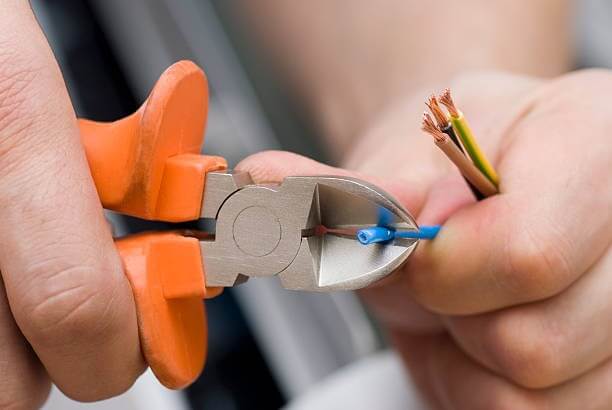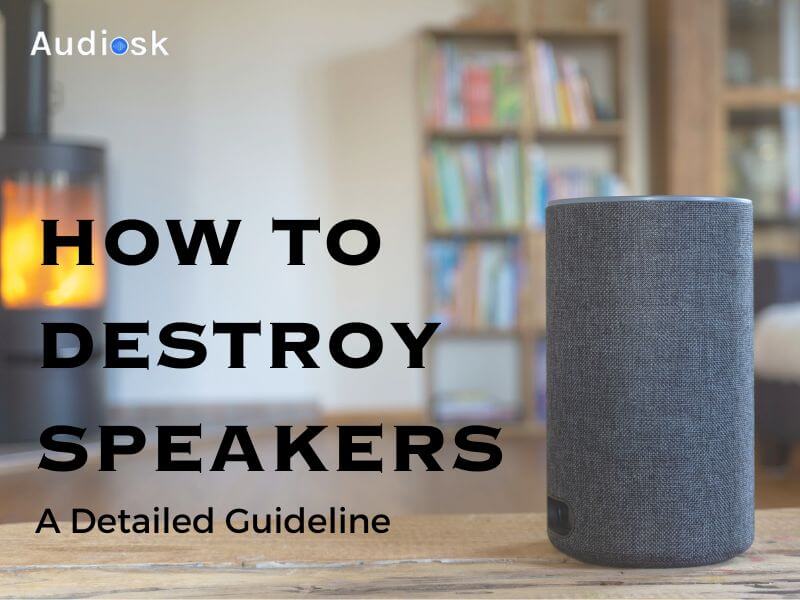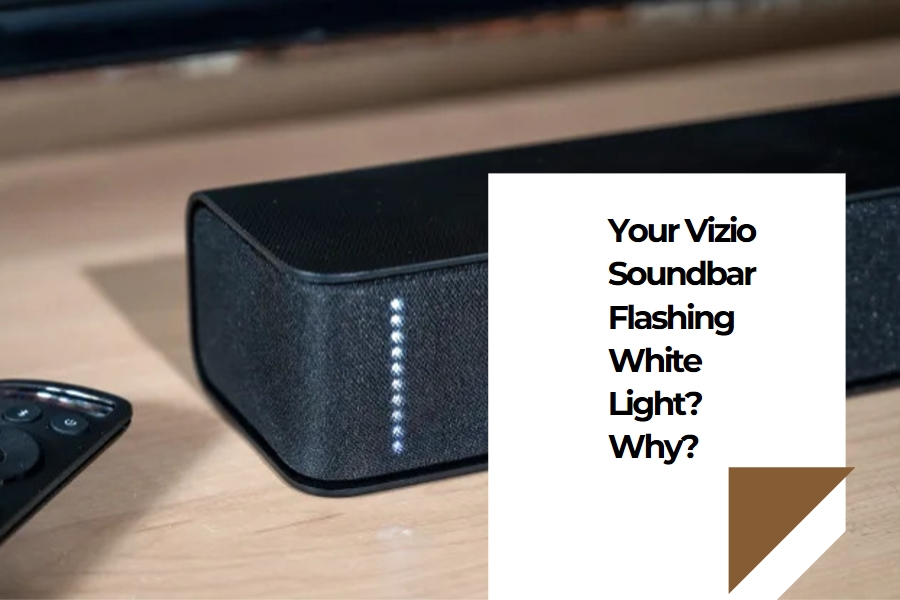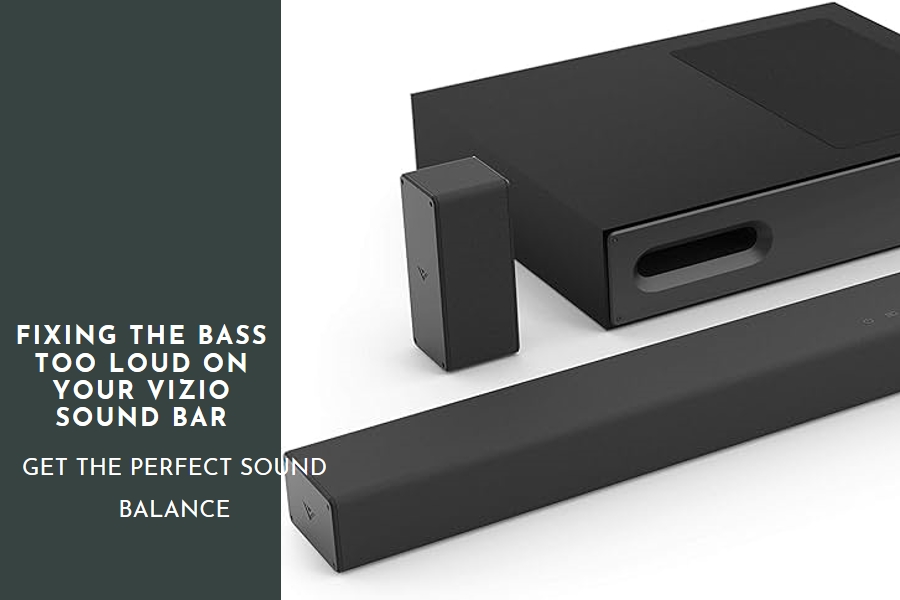Cutting speaker wire is essential for optimal audio performance. This guide provides a step-by-step process to cut speaker wire efficiently. Whether you’re a DIY enthusiast or a pro, mastering this skill ensures a seamless setup and enhanced audio experience. Discover valuable tips and safety precautions for flawless cuts.
Do You Recognize The Value Of Correctly Cut Speaker Wire?
Correctly cutting speaker wires is about more than aesthetics – it’s fundamental to ensuring your sound system sings. A shoddy cut can lead to signal loss, a drop in sound quality, or even damage to your special audio equipment.
When you cut your wires with precision, you’ll maintain the integrity of the electrical signals, keep interference to a minimum and reduce signal degradation. The result? A crystal clear, accurate sound that lasts longer. Let’s get down to business and learn how to cut speaker wire like a pro.
What Are The Necessary Tools?

Before you begin cutting speaker wire, make sure you have the following tools readily available:
- A wire cutter or wire stripper.
- A measuring tape or a good old-fashion ruler.
- Marker or pen for marking the wire.
- Safety gloves to keep your hands in check.
- Safety glasses protect your eyes from any rogue wire.
You’ll be ready to make accurate cuts and protect your safety if you have these instruments on hand.
How To Cut Speaker Wire?
Follow these easy procedures how to cut the speaker wire:
Step 1: Measure and mark the desired length
With your ruler or tape measure, size up the length you need for your speaker wire. Use your marker or pen to mark the cut point on the wire. Remember, it’s better to overestimate slightly than leave yourself short.
Step 2: Prepare the wire cutter or wire stripper
First, pick out a wire cutter or stripper suited to your speaker wire’s thickness. If you’re dealing with a particularly thick wire, you might opt for an adjustable wire stripper. Get your tool ready according to the specific size of your wire.
Step 3: Secure the wire
Now, firmly grasp the wire to keep it straight and taut. This is a crucial step as it prevents sudden movements that could disrupt the cutting process.
Step 4: Cut the wire
To cut the wire to size, you can also use a sharp knife and a hammer. Place the wire against a wooden cutting board, place the blade end of the knife at the desired cutting point, and then pound the knife’s back until the wire is severed. While it could require a few strokes, it’s more simpler than using a knife to saw the wires away.
Step 5: Inspect the cut ends
After you’ve cut the wire, take time to check the ends. Examine the finish for smoothness and the absence of frayed strands or loose insulation. If things are a little ragged, use your cutter or stripper to tidy them up.
Step 6: Strip the insulation (optional)
If you plan on connecting your speaker wire to terminals or connectors, you should strip off some of the insulation from the ends of the wire. Check the manufacturer’s instructions or use stripper to remove about 1/4 to 1/2 inch of insulation. Be careful not to nick the wire when stripping it back.
Read more: How To Strip Speaker Wire
What Are Safety Precautions To Follow?

It is critical to consider your safety when cutting speaker wire. Remember to take the following precautions:
- Wear safety gloves and spectacles to protect your hands and eyes from damage.
- Before severing the cable, ensure it is not linked to any power source.
- To avoid accidents or slips, cut the wire on a sturdy surface.
- Cut with suitable equipment, avoiding improvised or ineffective instruments that might damage the wire or cause accidents.
- Avoid hurrying the procedure. Take your time and concentration to obtain exact cuts.
Read more: How To Connect Multiple Bluetooth Speakers
Conclusion
Knowing how to cut speaker wire properly is a handy skill that can boost your sound system’s performance and improve your listening experience.
Follow these steps, prepare your tools, and always put safety first. With neat, precise cuts, you’ll improve signal transmission, reduce interference, and get the most out of your speakers. Here’s to enjoying high-quality sound from your perfectly pruned speaker wires!
FAQs








